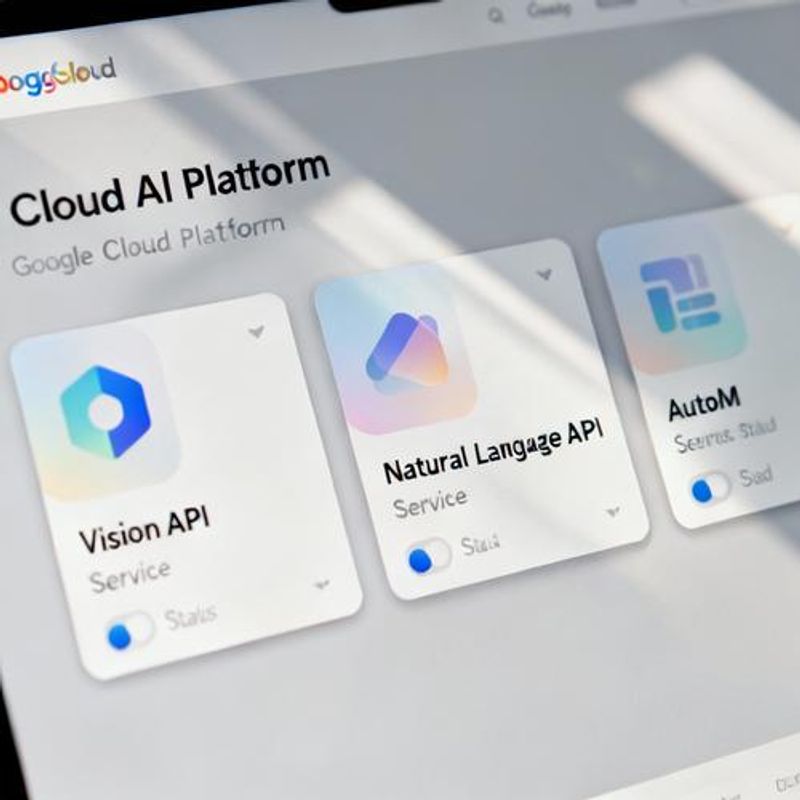Google's AI Tools for Developers: Complete Guide to Integrating Google AI APIs in Your Projects

Struggling to find the right AI tools to enhance your applications? Google's suite of AI tools offers powerful APIs and services that can transform your development workflow, from natural language processing to computer vision. This comprehensive guide will walk you through Google's most valuable AI tools for developers, complete with implementation strategies, code examples, and best practices to help you integrate cutting-edge AI capabilities into your projects efficiently.

Why Google AI Tools Matter for Modern Development
As a developer, you're constantly looking for ways to add intelligent features to your applications without building complex ML models from scratch. Google's AI tools solve this challenge by providing pre-trained models, robust APIs, and scalable infrastructure. Whether you're building a mobile app that needs image recognition, a web service requiring natural language understanding, or an enterprise solution demanding custom ML models, Google's AI ecosystem offers battle-tested solutions used by millions of applications worldwide.
Quick Overview: Top Google AI Tools for Developers
Here's what you'll gain from this guide:
- Google Cloud Vision API - Extract insights from images and videos
- Natural Language AI - Understand and analyze text data
- Google Translate API - Multi-language support for global applications
- AutoML - Build custom models without deep ML expertise
- TensorFlow and AI Platform - Advanced ML development and deployment

Google Cloud Vision API: Computer Vision Made Simple
The Vision API enables you to understand image content through powerful machine learning models. It can detect objects, read text (OCR), identify faces, and even assess image safety. Implementation is straightforward - authenticate with your API key, send a base64-encoded image or image URL, and receive structured JSON responses. Popular use cases include content moderation, document digitization, and automated image tagging. The API supports batch processing for efficiency and offers both online and offline capabilities through AutoML Vision Edge.
Natural Language Processing with Google AI
Google's Natural Language AI analyzes text for sentiment, entities, syntax, and classification. The API returns confidence scores and detailed breakdowns of emotional tone, making it valuable for customer feedback analysis, content categorization, and chatbot development. Integration requires minimal setup - send text via REST API and receive structured insights. The service supports multiple languages and can handle both single documents and batch processing for larger datasets.
Implementation Examples and Code Templates
Getting started requires setting up Google Cloud credentials and installing client libraries. For Vision API, use the google-cloud-vision package in Python or @google-cloud/vision in Node.js. Authentication typically involves service account keys or Application Default Credentials in Google Cloud environments. Rate limiting is handled automatically, but implement retry logic for production applications. Most APIs offer both synchronous and asynchronous processing options, with async being preferred for large files or batch operations.

Common Pitfalls and How to Avoid Them
Avoid sending sensitive data without understanding Google's data usage policies. Implement proper error handling for API quota limits and network failures. Don't forget to optimize image sizes for Vision API to reduce costs and latency. For Natural Language API, be aware that longer texts may require chunking. Always validate API responses and have fallback mechanisms. Consider caching results when appropriate to minimize API calls and improve performance.
Next Steps: Building AI-Powered Applications
Start by creating a Google Cloud account and exploring the AI APIs through the Cloud Console. Begin with small proof-of-concept projects to understand the capabilities and limitations. Consider Google's AutoML for custom models when pre-trained APIs don't meet your specific needs. Join the Google Cloud community forums for support and stay updated with Google's AI blog for new features and best practices. Ready to enhance your applications with AI? Explore Google's comprehensive documentation and start building smarter applications today.